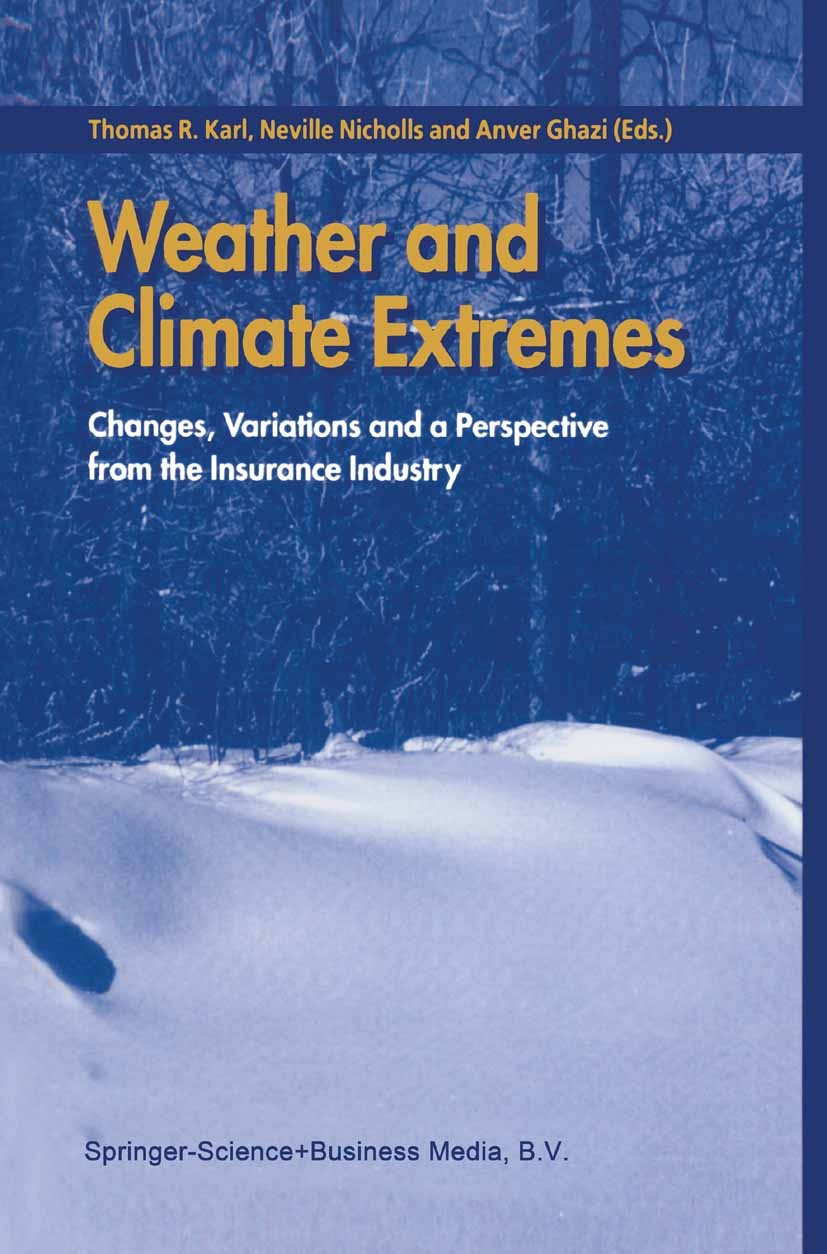Human contribution to atmosphere-ocean thermodynamic factors affecting the intense tropical cyclones over the Arabian Sea during the post-monsoon season
IF 6.9
1区 地球科学
Q1 METEOROLOGY & ATMOSPHERIC SCIENCES
引用次数: 0
Abstract
Global warming and its implications for extreme events are important subjects of discussion worldwide. This study analyzes the changes in intense tropical cyclone (INT TC) activities over the Arabian Sea Basin (ARB) from 1981 to 2020 during the October–November season, along with its connection to the rise in thermal energy stored in the upper ocean and column-averaged atmospheric instability of the troposphere. The observations revealed that the frequency and intensity of TCs significantly increased owing to enhanced tropical cyclone heat potential (TCHP) and moist static energy (MSE), as eventually linked to the rise in sea surface temperature (SST). The increased availability of thermal energy in the ocean and the enhanced deep convection in the atmosphere make ARB more conducive to INT TCs. To quantify the human contribution to these observed changes, we employed a comparative analysis of the responses of environmental variables to individual forcing factors—greenhouse gas (GHG), aerosols, natural (solar and volcanic activities), and combined forcing of all these (ALL)—using CMIP6 multi-model simulations. The results bring the anthropogenic GHG forcing to the fore as an emerging driver in contributing to the increasing trends in SST, MSE, and TCHP, with no other individual forcing significantly accounting for the increasing trend in these background variables. Additionally, this human-induced warming increased the area enclosed by the threshold value of TCHP (70 kJ cm−2) and SST (28 °C) in the ARB, and hence made the ARB conducive to the genesis of INT TCs. Considering the large population in the coastal regions in the ARB and casualties related to historical TC disasters, the generation of more violent TCs in the ARB requires urgent attention. The substantial influence of anthropogenic GHG emissions on the increased activity of INT TCs over the ARB mandates better planning of climate change mitigation strategies.
人类对影响后季风季节阿拉伯海强烈热带气旋的大气-海洋热力学因子的贡献
全球变暖及其对极端事件的影响是世界范围内讨论的重要主题。本文分析了1981 - 2020年10 - 11月期间阿拉伯海盆地(ARB)上空强热带气旋(INT TC)活动的变化及其与上层海洋储存的热能增加和对流层柱平均大气不稳定的关系。观测结果表明,由于热带气旋热势(TCHP)和湿静态能(MSE)的增强,热带气旋的频率和强度显著增加,最终与海表温度(SST)上升有关。海洋中热能可用性的增加和大气中深层对流的增强使ARB更有利于INT tc。为了量化人类对这些观测到的变化的贡献,我们使用CMIP6多模式模拟,对环境变量对单个强迫因子(温室气体(GHG)、气溶胶、自然(太阳和火山活动)以及所有这些强迫(all)的综合强迫)的响应进行了比较分析。这些结果表明,人为温室气体强迫在海温、平均海温和总温度的增加趋势中发挥了重要作用,而其他个体强迫对这些背景变量的增加趋势没有显著影响。此外,这种人为增温增加了ARB中TCHP (70 kJ cm−2)和海温(28°C)阈值所围合的面积,从而使ARB有利于INT tc的发生。考虑到ARB沿海地区人口众多,以及历史TC灾害造成的人员伤亡,ARB发生更多暴力TC的问题需要迫切关注。人为温室气体排放对国际技术中心在ARB范围内活动增加的重大影响要求更好地规划气候变化缓解战略。
本文章由计算机程序翻译,如有差异,请以英文原文为准。
求助全文
约1分钟内获得全文
求助全文
来源期刊

Weather and Climate Extremes
Earth and Planetary Sciences-Atmospheric Science
CiteScore
11.00
自引率
7.50%
发文量
102
审稿时长
33 weeks
期刊介绍:
Weather and Climate Extremes
Target Audience:
Academics
Decision makers
International development agencies
Non-governmental organizations (NGOs)
Civil society
Focus Areas:
Research in weather and climate extremes
Monitoring and early warning systems
Assessment of vulnerability and impacts
Developing and implementing intervention policies
Effective risk management and adaptation practices
Engagement of local communities in adopting coping strategies
Information and communication strategies tailored to local and regional needs and circumstances
 求助内容:
求助内容: 应助结果提醒方式:
应助结果提醒方式:


